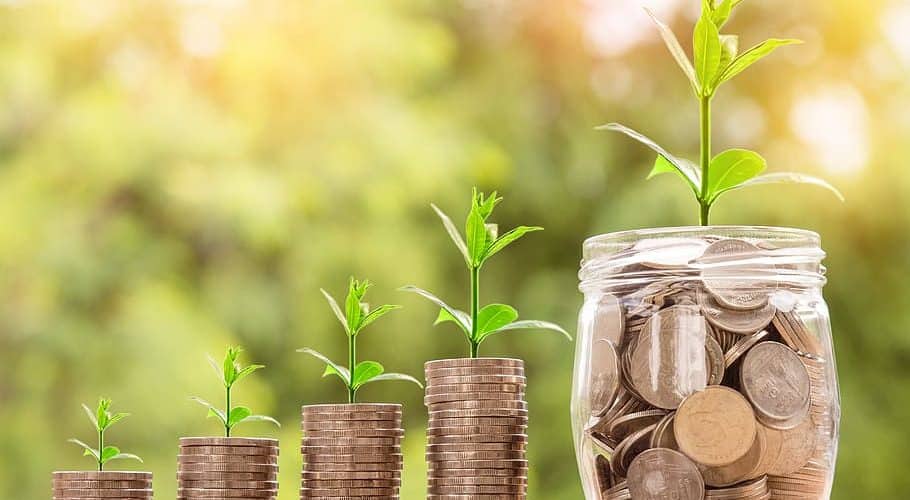Are you putting your best in preparing for the UPSC exam? Do you want to get the UPSC notes for your preparation? What are green deposits? Well, let’s check out the complete blog on green deposits UPSC and the RBI framework on green deposits. Let’s start learning with the green deposits meaning.
What are Green Deposits?
Green deposits have emerged as a significant financial instrument aimed at fostering sustainable development and combating climate change. These deposits, offered by various banks and financial institutions, play a crucial role in channeling funds towards environmentally friendly projects. In this article, we will explore the concept of green deposits, their importance, benefits, and their potential impact on the path to a greener future.
Green Deposits Meaning
Green deposits are financial products that enable individuals and organizations to invest their money in environmentally sustainable projects. These projects encompass a wide range of sectors, including renewable energy, energy efficiency, sustainable agriculture, waste management, and climate adaptation.
The funds deposited through green deposits are then directed by the banks or financial institutions towards these sustainable initiatives. By facilitating the flow of capital towards green projects, green deposits contribute to the overall sustainability goals and help address pressing environmental challenges.
Also Read: Manipur Violence UPSC: Let’s Check Out the Reason for Manipur Violence for the UPSC Exam!
Promoting Sustainable Finance
Green deposits are a key instrument in promoting sustainable finance. They allow individuals and organizations to align their financial choices with their environmental values and contribute to positive change. By investing in green deposits, individuals can actively support the transition to a low-carbon economy. Moreover, banks and financial institutions play a crucial role in allocating these funds to verified green projects, ensuring their credibility and impact. This not only facilitates the growth of sustainable sectors but also promotes responsible investment practices within the financial industry.
Green Deposits UPSC
Green deposits offer several benefits. Firstly, they provide an avenue for individuals and organizations to diversify their investment portfolios while supporting sustainable initiatives. Secondly, they help mobilize capital for green projects that often face challenges in accessing financing.
This, in turn, stimulates the development of renewable energy sources and other environmentally friendly technologies. Additionally, green deposits contribute to job creation, economic growth, and the reduction of greenhouse gas emissions. They also foster innovation and contribute to building a resilient and sustainable future.
Impact and Challenges
Green deposits have the potential to drive significant positive change. By incentivizing investments in environmentally sustainable projects, they can accelerate the transition to a greener and more sustainable economy. However, some challenges need to be addressed for wider adoption. These challenges include the need for clear and standardized criteria for green project selection, transparent reporting mechanisms, and increased public awareness about the benefits of green deposits. Additionally, financial institutions must ensure robust risk assessment and management frameworks to maintain the integrity of green deposits.
Also Read: Annual Calendar 2024 UPSC: UPSC CSE 2024 Calendar
RBI Framework on Green Deposits
The Reserve Bank of India (RBI) has recognized the significance of green deposits in promoting sustainable finance and has introduced a framework to facilitate their implementation. The RBI’s framework aims to provide guidance and promote transparency in offering and utilizing green deposits. Let’s explore the key aspects of the RBI framework on green deposits.
The RBI defines green deposits as those where the funds mobilized are utilized for lending to green projects or activities that have positive environmental or climate-related impacts. This includes sectors such as renewable energy, energy efficiency, clean transportation, sustainable water management, and green buildings.
Eligible Entities
Under the RBI framework, scheduled commercial banks, small finance banks, and local area banks are eligible to accept and offer green deposits. Non-Banking Financial Companies (NBFCs) categorized as Asset Finance Companies (AFCs) and Infrastructure Finance Companies (IFCs) can also accept green deposits.
Use of Funds
The funds mobilized through green deposits must be utilized exclusively for lending to green projects or activities. Financial institutions are required to maintain a separate sub-target for lending to green projects within their overall priority sector lending targets.
Reporting and Monitoring
To ensure transparency and accountability, banks and financial institutions accepting green deposits are required to disclose information about the quantum and utilization of funds in their annual reports. They must also maintain a robust monitoring and reporting mechanism to track the impact of green deposits on sustainable finance.
Certification and Verification
The RBI framework emphasizes the importance of credible certification and verification mechanisms for green projects. Financial institutions offering green deposits should ensure that the projects they finance meet recognized green standards and certifications. This helps maintain the integrity and authenticity of green projects and enhances investor confidence.
Prudential Norms
Banks and financial institutions accepting green deposits are subject to prudential norms and regulations outlined by the RBI. These norms include capital adequacy requirements, risk management frameworks, and other regulatory guidelines to ensure the stability and soundness of the financial system.
The RBI’s framework on green deposits demonstrates its commitment to promoting sustainable finance and aligning financial institutions with environmental goals. By providing clear guidelines and expectations, the framework encourages banks and financial institutions to actively participate in green financing, contributing to India’s sustainable development agenda.
It is worth noting that the RBI’s framework on green deposits is part of a broader sustainability agenda, which includes initiatives such as green bonds and sustainable lending guidelines. Together, these measures create an enabling environment for sustainable finance and support India’s transition to a greener and more resilient economy.
Also Read: What is Indo-Pacific Economic Framework? Understanding IPEF Notes for UPSC
Conclusion
Green deposits have emerged as a powerful tool for channeling funds towards sustainable projects, promoting responsible investment, and supporting the transition to a greener future. By investing in green deposits, individuals and organizations can contribute to addressing climate change and environmental degradation while achieving financial returns. With continued efforts to overcome challenges and raise awareness, green deposits have the potential to play a transformative role in sustainable finance. Let’s check out more information on the UPSC Pathshala website.






